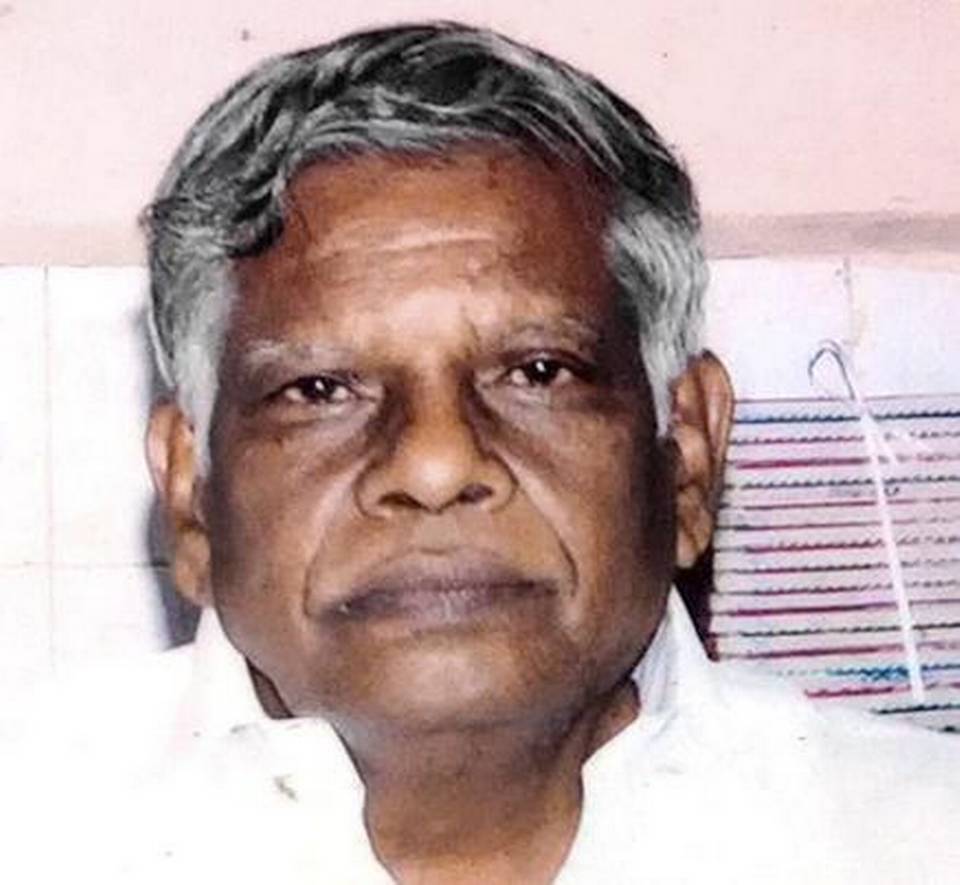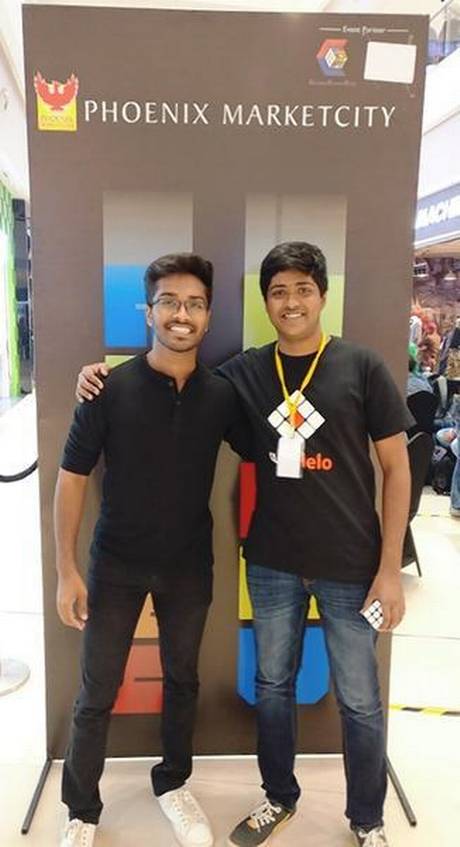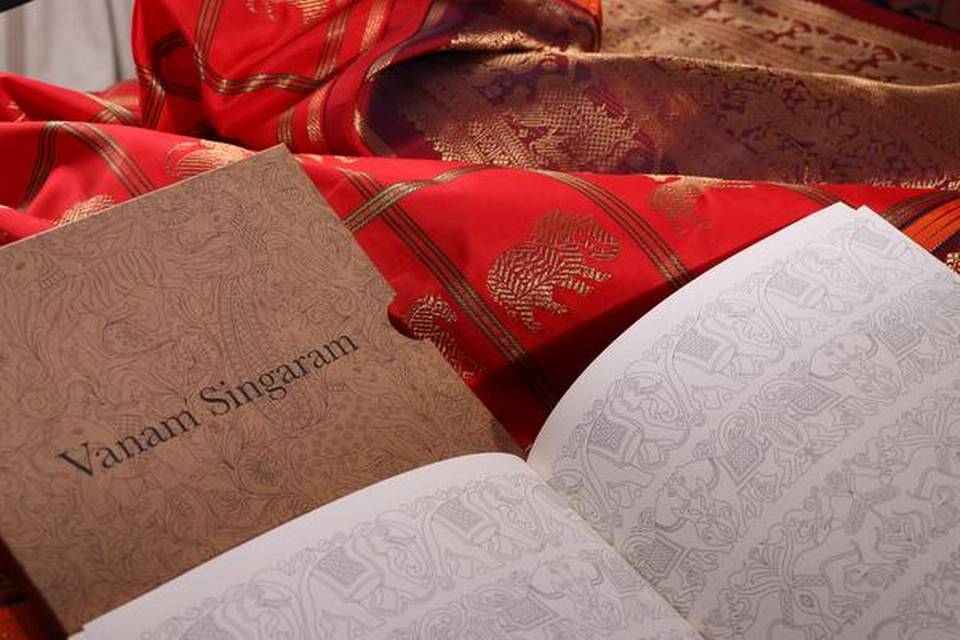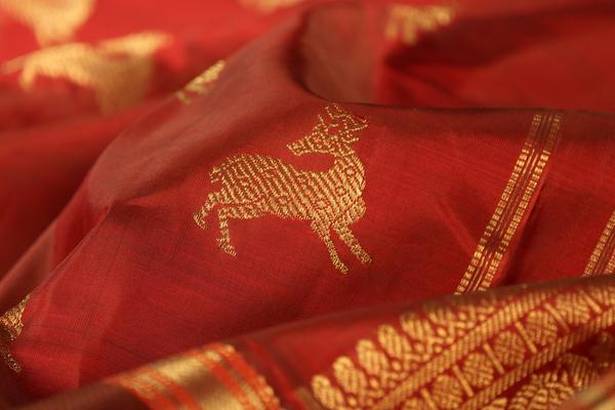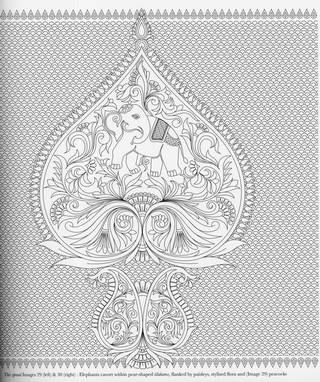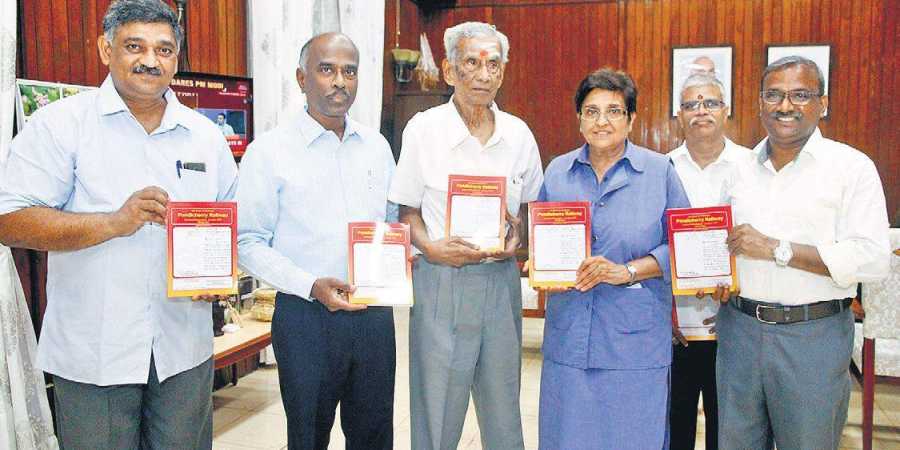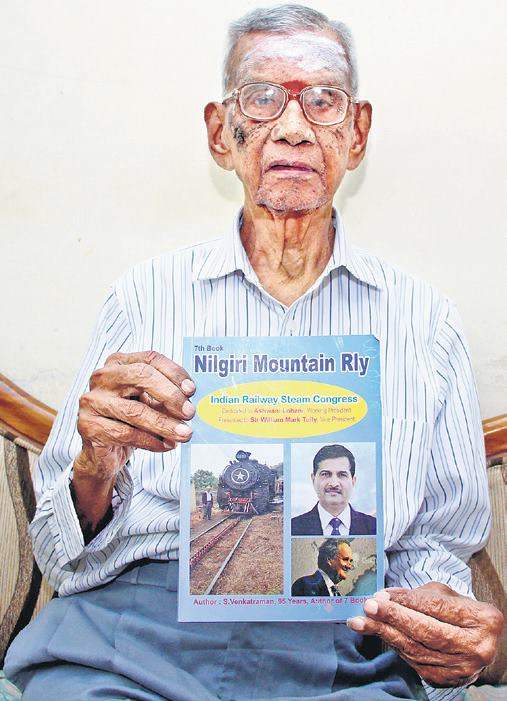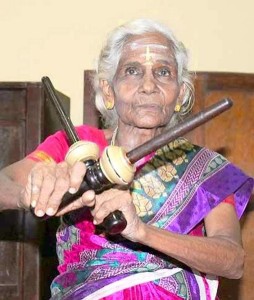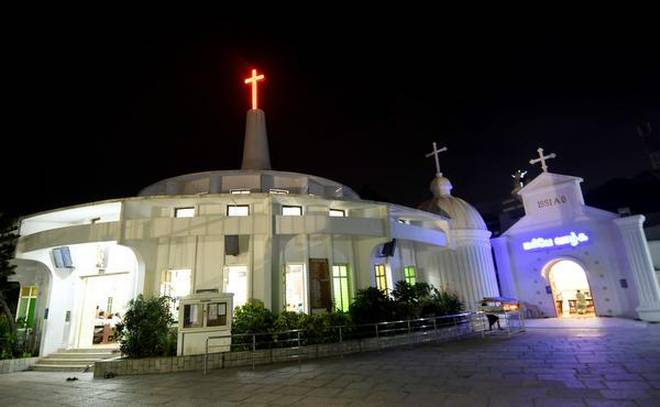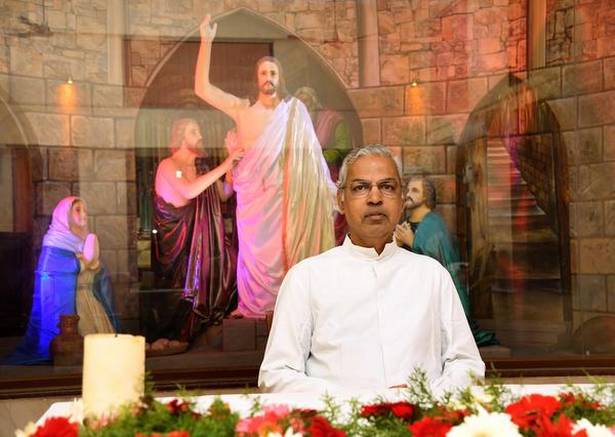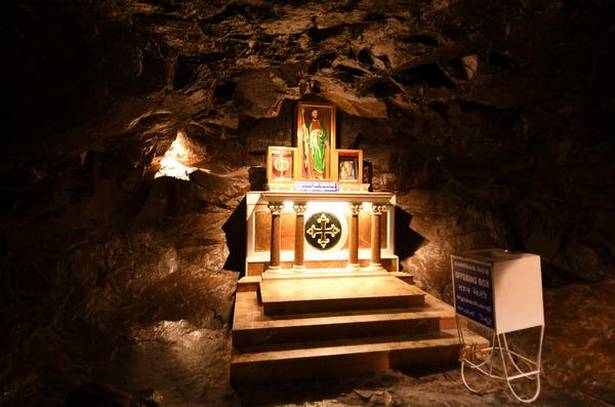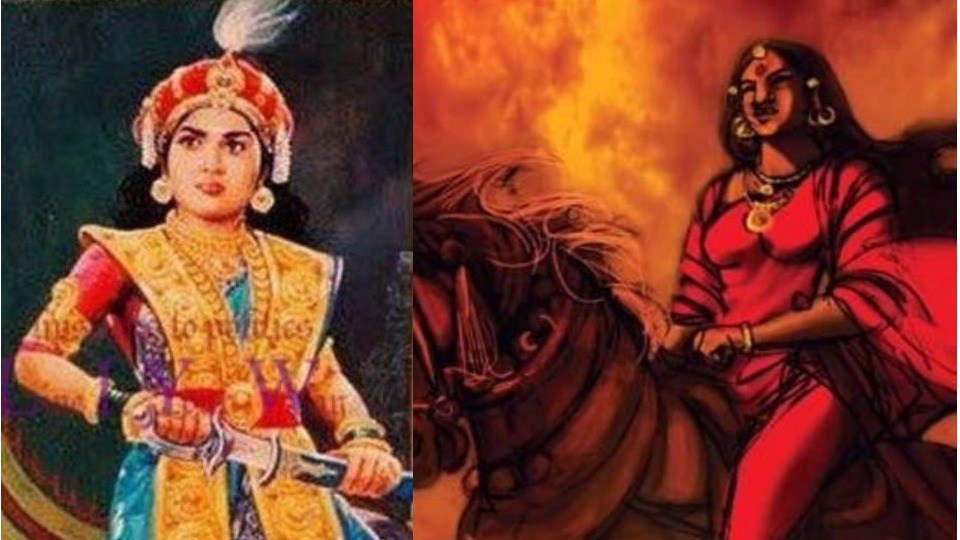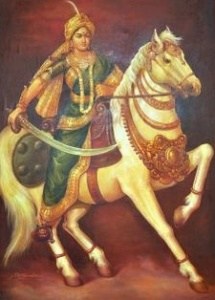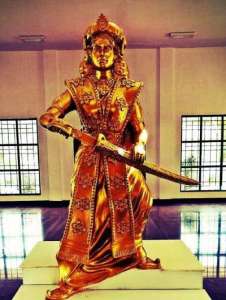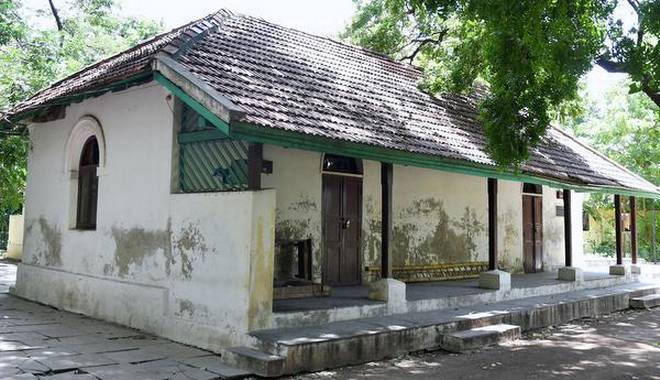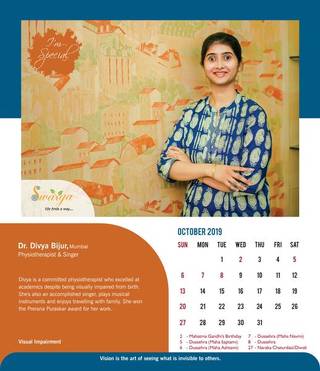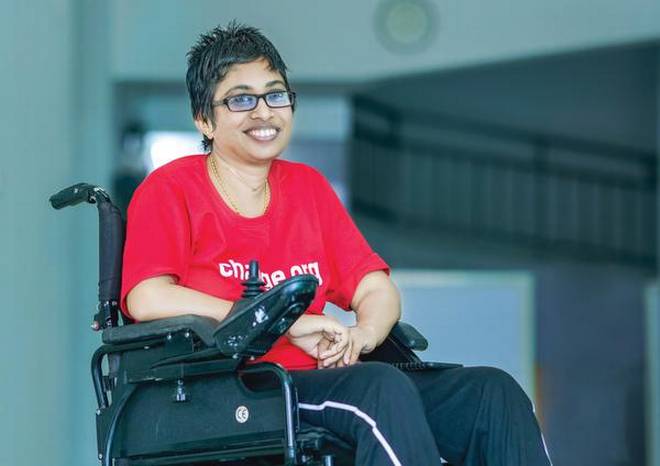The curriculum for the World Scholar’s Cup competition is diverse and varies from pop culture to neuroscience to macroeconomics.
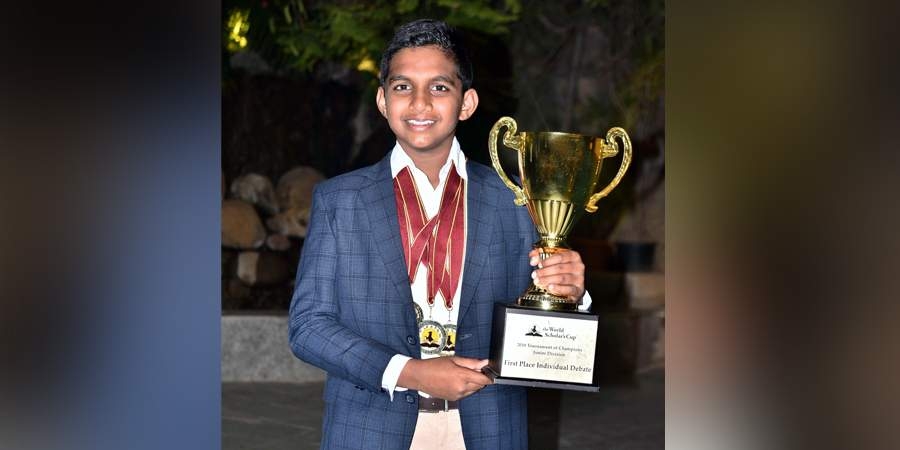
Chennai :
It was half-past 5 and we were at Savera hotel to meet Aadi Sai Vijaykaran, a 13-year-old from KC High, who created history by winning the Junior Debate Championship at the World Scholar’s Cup held at Yale University from November 16-21. Clad in a crisp blazer, holding his shining trophy, the class 8 student oozed confidence. This is the first time an individual from India has won the coveted title. “My wife and I noticed that Aadi had a flair for oration, even when he was very young. We picked that and worked on honing his skill,” said Aadi’s father, Vijay.
The curriculum for the World Scholar’s Cup competition is diverse and varies from pop culture to neuroscience to macroeconomics. “I took quite a bit of time to prepare for this year-long contest. But, it has been a very interesting process…from getting a deep understanding of the syllabus and topics, practising and improving my public speaking and writing skills to working on my body language, I did it all. Motivation from my mother Vanitha Venugopal and father Vijay helped to be steadfast and work all the way till the end. I also trained at A to Zee Creativity — to practice, train and refine my skills with other scholars,” shared Aadi.
The sharp-witted youngster soaks in news and has the knack of picking information from different places and processing it. He also followed the United States Presidential debates as part of the preparation process. “There are several speakers who I draw inspiration from. One of them is Barack Obama and Shashi Tharoor. I wouldn’t declare myself a fan, but I have certainly learnt a lot by watching these speakers,” he explained.
The Tournament of Champions of World Scholar’s Cup is a competition for young debaters from around the world. Of the 40,000 students who participated across the globe, only 2,000 participants qualified for the final of ‘The Tournament of Champions’ through the various rounds held across the world from January.
The theme for the cup was ‘An Entangled World: diplomacy, human relationships, the science of memory, and literature, art and music’. “The competition took place over a series of rounds, and motivated us to discover new strengths, practice new skills and to inspire a global community of future scholars and leaders,” Aadi said.
For Aadi, WSC was not just about winning but also about meeting people from countries he hasn’t visited or even knew existed.“I learnt so much about our diverse world. The experience of cultural diversity and globalism was enthralling. We interacted with professors and got a feel of what it takes to get into college,” he said.
He won ‘the Top Debater in the World’ title across 58 countries, against thousands of students aged 10 to 15. Economics has become a subject of interest for Aadi. “I am good at Math, with numbers and learning about macroeconomics has drawn me to the subject,” he said.The youngster is a trained Carnatic musician, has a black belt in Karate, plays chess and football.
source: http://www.newindianexpress.com / The New Indian Express / Home> Cities> Chennai / by Roshne Balasubramanian / Express News Service / December 26th, 2018
